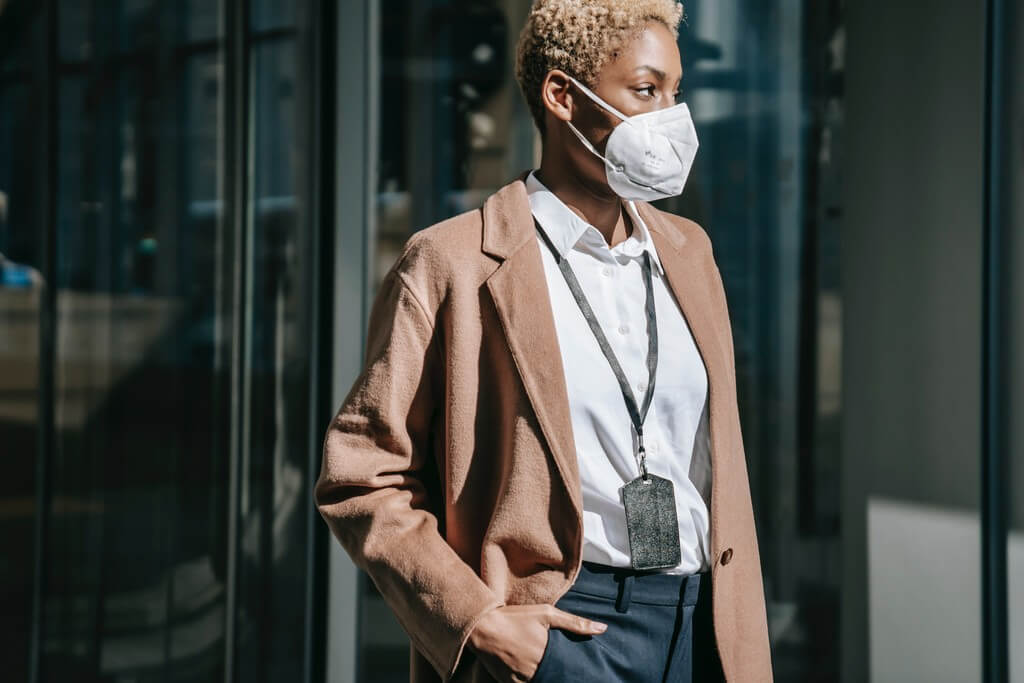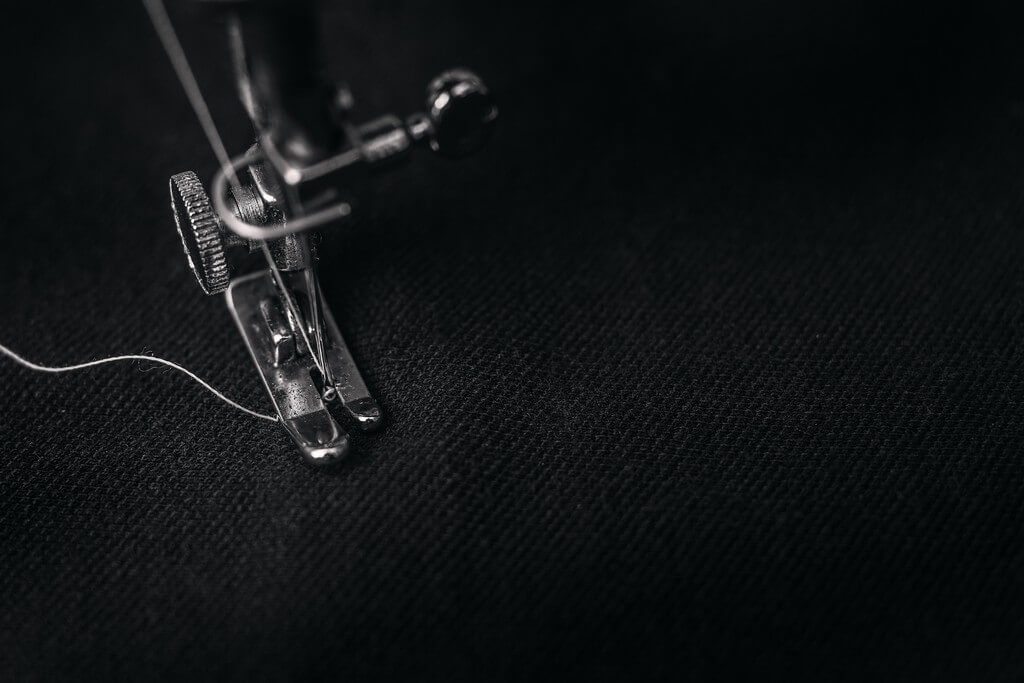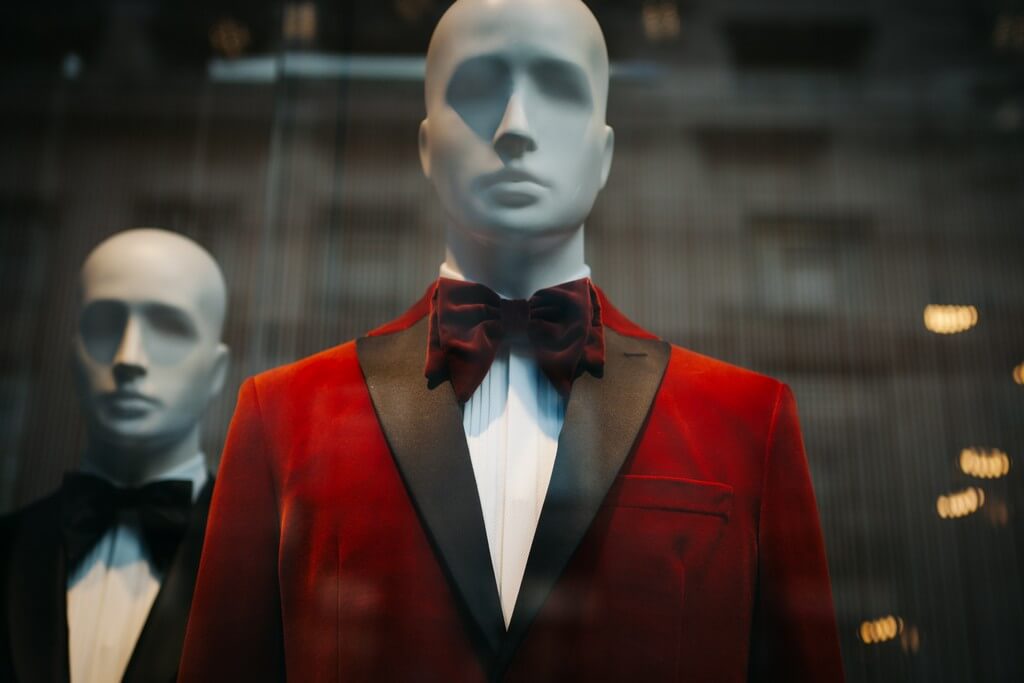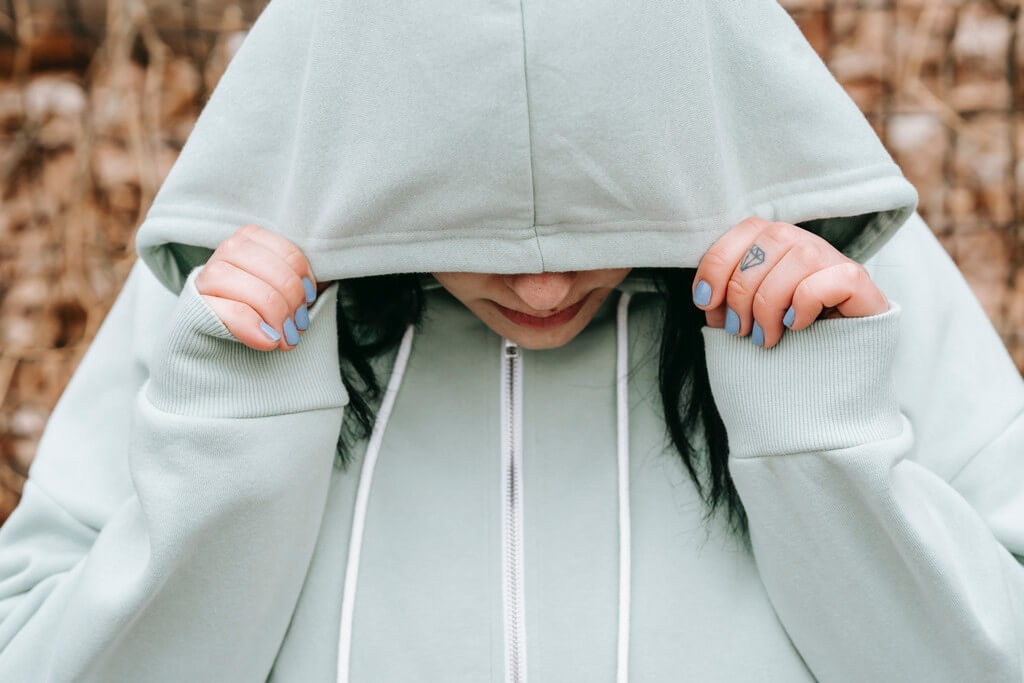Fashion Industry & the Covid-19 pandemic?

The fashion industry was in for a chaotic start with the beginning of a new decade and the shocking onset of Covid-19 pandemic. It managed to wreak havoc in all our lives. What kind of clothes will find its way into our wardrobes? Which styling options will we collectively look for on those smooth steel hangers in the showrooms? Or will we visit a physical store at all? These are the questions the Fashion industry has pondered and poured over for the duration of the pandemic. So, here are answers they have come up with for the benefit of the population, the vast trillion-dollar industry employs and for the curiosity of the population it essentially caters to.
 The collective loss this vast industry has gone through is massive. Now that we are trying to return to some form of normal as the Covid-19 pandemic comes to end, it is time to take a good look at the changes and impact the pandemic has had on the fashion industry. So, the blog is an impact study on the resilient fashion industry and the irreversible changes the new world order of digitization has brought on the fashion industry.
The collective loss this vast industry has gone through is massive. Now that we are trying to return to some form of normal as the Covid-19 pandemic comes to end, it is time to take a good look at the changes and impact the pandemic has had on the fashion industry. So, the blog is an impact study on the resilient fashion industry and the irreversible changes the new world order of digitization has brought on the fashion industry.
1. The colossal loss – The loss experienced by the fashion industry was immense as the health and well-being of their employees and customers became the top priority. Apparel and fashion companies put their assets to good use in the crisis, be it by turning over their factories to make face masks or hand sanitizer, donating products and services to healthcare workers, or helping employees find temporary roles with companies that are hiring. The fashion industry was resilient enough to stand up to the challenge and withstand the impact of the Covid-19 pandemic.
 2. The surprises along the way – The blur of events during the beginning of the pandemic eclipsed all thoughts except survival for all of us. The fashion industry was no different. The survival was a question, as the cancelled orders and layoffs sky rocketed. The slow arrival of the demand for casual wear and lounge wear funnelled some cash back into the system to generate revenue and reverse the layoffs. The chasm between the formals and casual wear was closed gradually as new lines of fashion were introduced to cater to the new and surprising market that emerged.
2. The surprises along the way – The blur of events during the beginning of the pandemic eclipsed all thoughts except survival for all of us. The fashion industry was no different. The survival was a question, as the cancelled orders and layoffs sky rocketed. The slow arrival of the demand for casual wear and lounge wear funnelled some cash back into the system to generate revenue and reverse the layoffs. The chasm between the formals and casual wear was closed gradually as new lines of fashion were introduced to cater to the new and surprising market that emerged.
 3. No more window shopping! – The excited gasp as you look at a sale sign on the flashy pair of sleek red pumps and the smooth elegant pose the mannequin strikes with a bright yellow dress that makes you moon over it as you float by the shop window. All those little pleasures of life lost with the Covid-19 pandemic as we locked ourselves in. The phones and laptops became our shops, the unsmiling model, the mannequins and the digital space replaced our stuffy trial rooms that we took for granted.
3. No more window shopping! – The excited gasp as you look at a sale sign on the flashy pair of sleek red pumps and the smooth elegant pose the mannequin strikes with a bright yellow dress that makes you moon over it as you float by the shop window. All those little pleasures of life lost with the Covid-19 pandemic as we locked ourselves in. The phones and laptops became our shops, the unsmiling model, the mannequins and the digital space replaced our stuffy trial rooms that we took for granted.
The Fashion industry had to close down numerous physical stores and switch to clamouring the digital space to get the attention of a scrolling fingertip. The post pandemic world might reflect something along the same lines of hybrid marketplace as brands prefer the low-cost logistics and maintenance the online space affords. Preserve the physical stores for the benefit of the few who will return to the physical stores for the love of shopping. The hybrid market is an irreplaceable contribution/impact of the Covid-19 pandemic.
4. The million-dollar displays – The dusty mannequins behind the shop windows couldn’t see the light of the day on our front. But, deep inside the glamorous industry of Fashion, the product lines froze in their place, unmoving with the cancellation of fashion shows.
So, the solution was again, as we all know it by now. Digital. The multi-million dollar displays that fashion models wear and walk that gleaming stage fell to the lens of cameras as the industry became remote and the fashion models stood the test of showing off the worth of million-dollar fashion lines from behind the cameras. The virtual fashion shows took off with some flair as designers draped their work on models and mannequins alike.
5. Upcycled Fashion – The fast fashion that everyone questioned to be the arch enemy of the sustainability efforts of the fashion industry, took us all and the industry by surprise. The fast fashion had forcibly brought to a standstill and it did the unexpected to recover from the slump. The fast fashion turned to sustainability options and upcycling the old for its survival.
Guess what? The industry didn’t just survive but thrived with the renewed demand for casual wear and lounge wear. Even fashion students turned to designing pieces out of existing clothes at home as the supply of new fabric became scarce in the market and not delivered by online services as it was not an essential.
6. Boutique businesses – The boutique businesses that saw an immediate closure during the Covid-19 pandemic and managed to survive with its loyal customer base that enabled them to stay afloat through the pandemic with custom orders for pandemic weddings and occasions we celebrated through the worst of it. The boutique businesses make a strong come-back post the pandemic, as demand for custom apparel is back on the market.
 7. The comfy hoodie – The pandemic fashion revolutionized the fashion industry and most of the demands are here to stay for long, as we got used to the comfort and warmth of the hoodies and sneakers. The fashion industry was introduced to a whole new set of design needs and processes. #PandemicFashion sewed glamourous, sparkly face masks and gloves, comfy clothing ranges, sneakers and comfort shoes took centre stage, personalized jewellery as they sold more charm bracelets than before.
7. The comfy hoodie – The pandemic fashion revolutionized the fashion industry and most of the demands are here to stay for long, as we got used to the comfort and warmth of the hoodies and sneakers. The fashion industry was introduced to a whole new set of design needs and processes. #PandemicFashion sewed glamourous, sparkly face masks and gloves, comfy clothing ranges, sneakers and comfort shoes took centre stage, personalized jewellery as they sold more charm bracelets than before.









